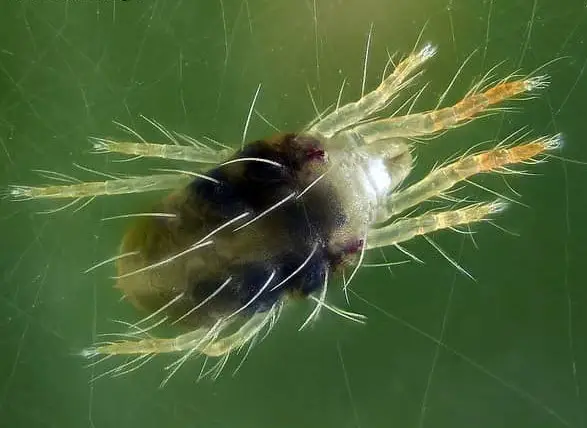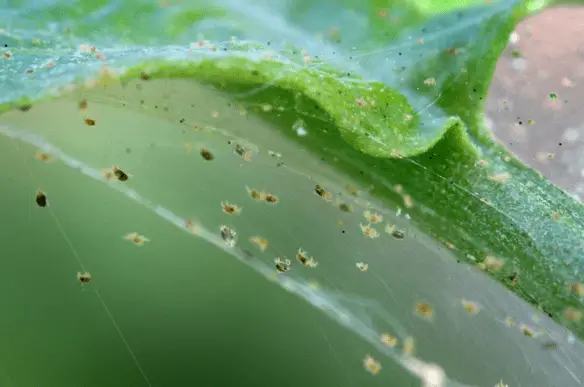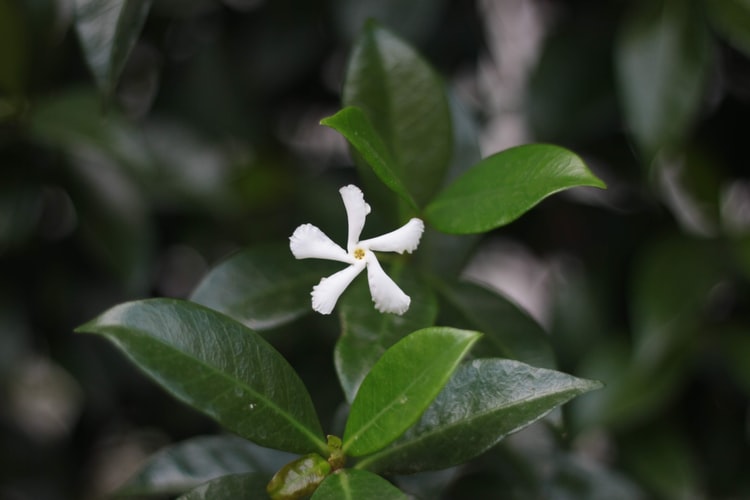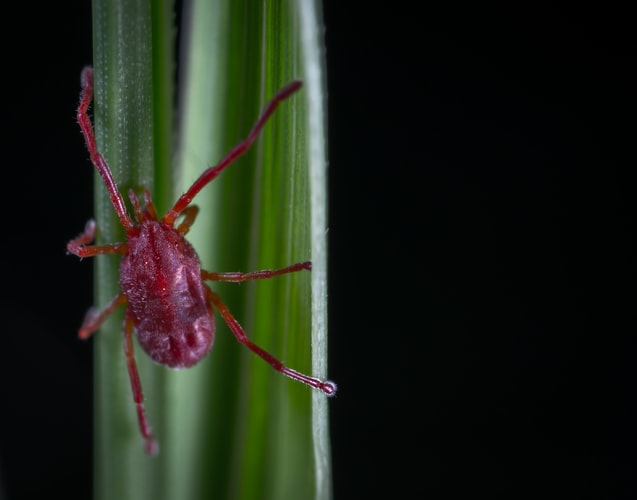Rich soil leads to a rich harvest, right? Iron deficiency is very common among many plants and trees, especially in low desert areas. It can sometimes be difficult for someone to notice that their plants or trees are suffering from iron deficiency due to a lack of knowledge. However, there are simple ways to prevent and treat iron deficiency.
My cousin, not so long ago, took a picture of her lemon tree showing me how the leaves are turning pale yellow. She found that fascinating and beautiful. She did not know that the tree was actually calling for help. This is why I think is it very necessary for every person who owns either plants or trees to read about what their greens need.
What Is Iron Deficiency
Trees depend on iron, zinc, manganese, boron, and many other minerals to be at their healthiest stage. Iron is a significant element in the growth of plants and trees. It highly contributes to the production of foods using chlorophyll. Iron deficiency, or iron chlorosis, will result in very slow growth and a very small percentage of harvest.
Plants and trees which suffer from iron deficiency will become fragile. This will drive insects and weak pathogens, such as two-lined chestnut borer and Armillaria root rot, to damage and kill severely iron-deficient trees and plants.
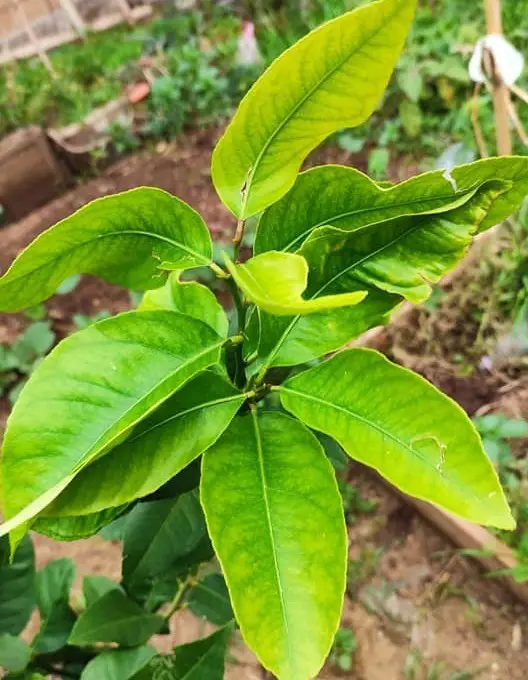
Related article: What is Citrus Anthracnose, Causes, Symptoms, Treatment (Brown leaf spot)
What Causes Iron Deficiency
The causes of iron chlorosis are not very clear. However, in most cases, iron deficiency is found in high-pH soils and alkaline soil where the pH is greater than 7. The higher the pH, the less iron the soil contains. This is common in desert area soils. Desert soil contains iron but the high pH level does not allow it to dissolve. That is why many ornamental plants cannot be planted in desert soil; because of the increased pH levels.
Chlorosis can be caused by cool soil temperatures. Plastic sheet mulching, compaction, and water-saturated conditions are all factors that contribute to chlorosis because they restrict air movements into the soil.
In other cases, chlorosis is caused when the enriched bottom soil is exposed and the topsoil is removed. Iron deficiency is also caused due to a lack of iron in the soil.
Other causes can be due to calcareous soil, and a high percentage of copper, manganese, or zinc in the soil.
How to Identify Iron Deficiency in Citrus Trees
Iron deficiency symptoms can be confused with zinc deficiency symptoms. In the case of iron chlorosis, the newborn leaves grow either light green or pale yellow while the veins remain dark green (interveinal chlorosis). Generally, no physical deformities occur, but in severe conditions, they turn white.
The stems’ dark green color eventually starts to fade and an obvious extreme decrease in growth occurs which leads to little to no fruit production.
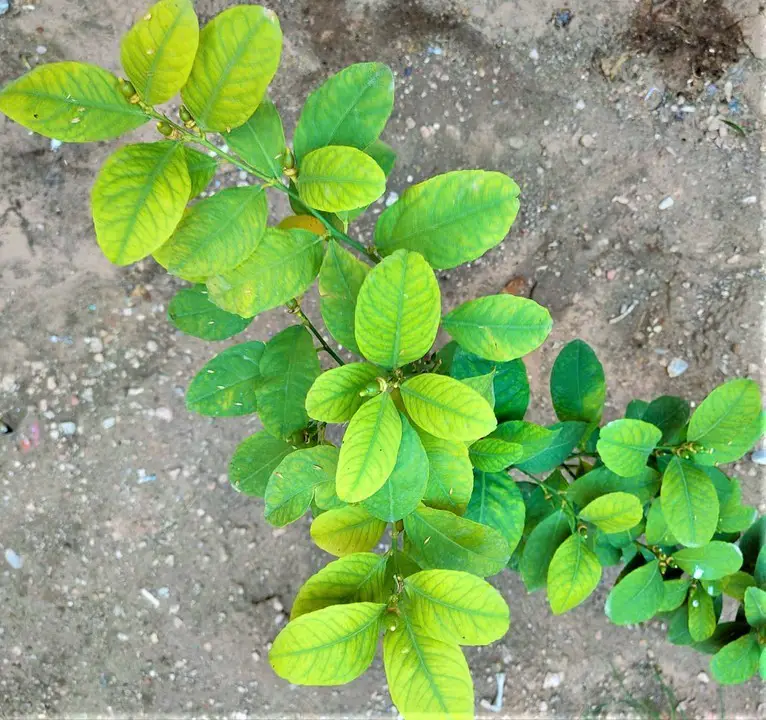
Citrus trees are best grown in loamy or sandy loam soils. Soil with good access to drainage. With a pH of 6.0–7.0 and a minimum of 60 cm of topsoil. There are easy ways to prevent iron deficiency and save your citrus trees with simple treatments conveniently.

